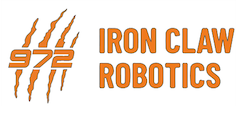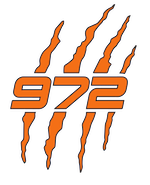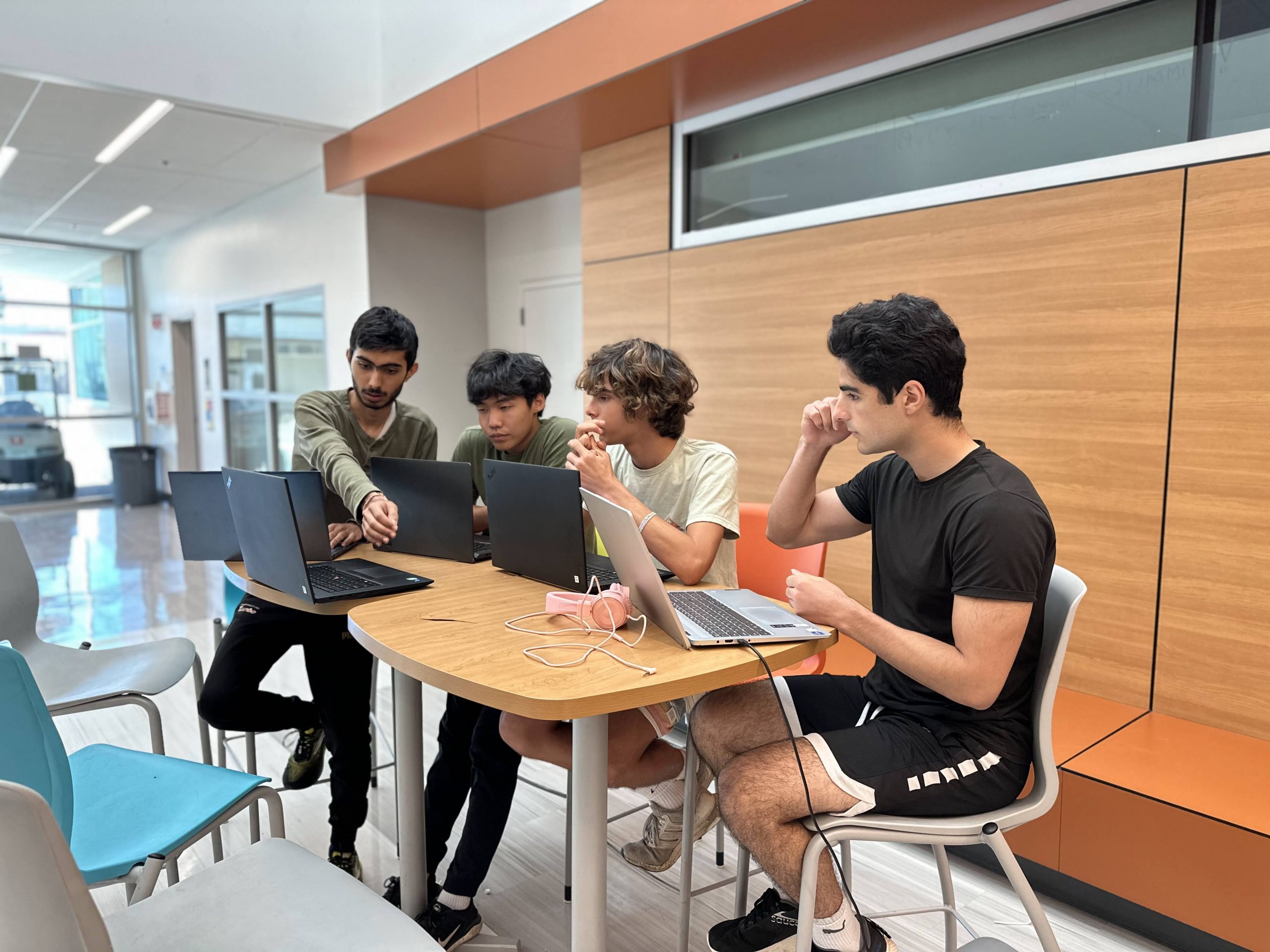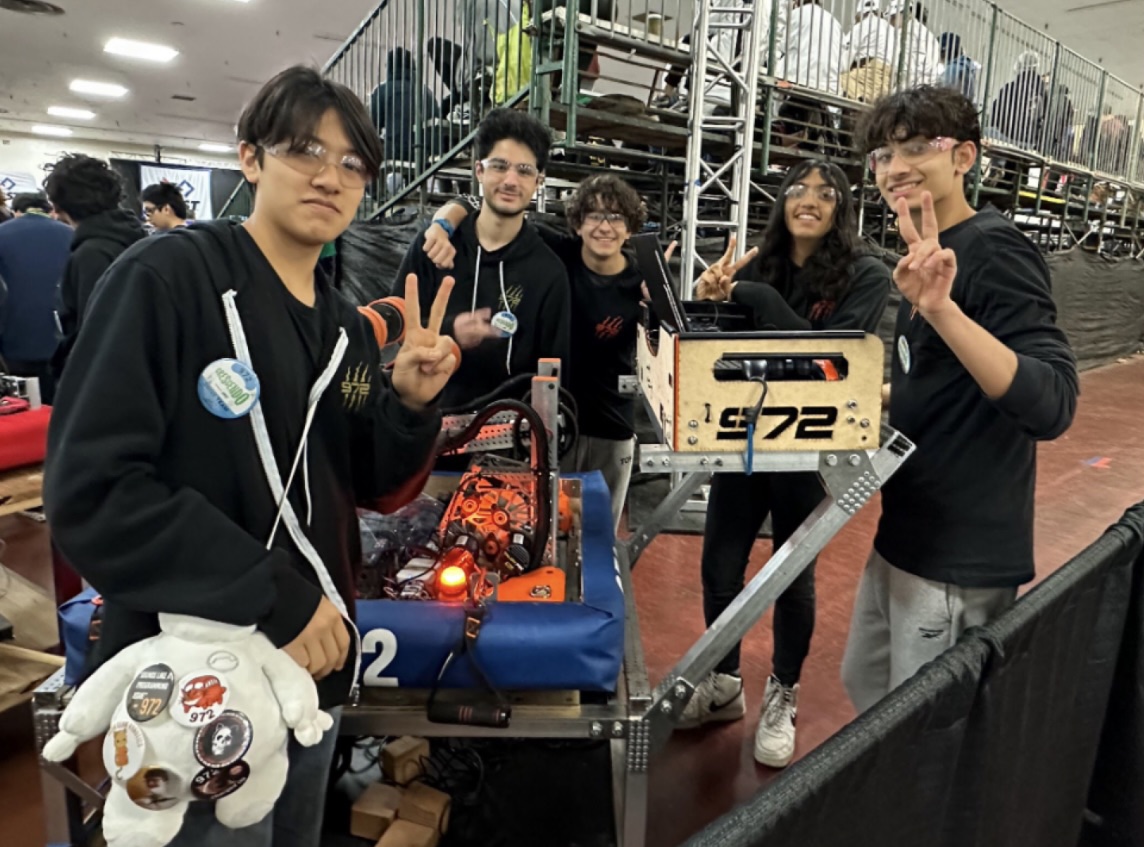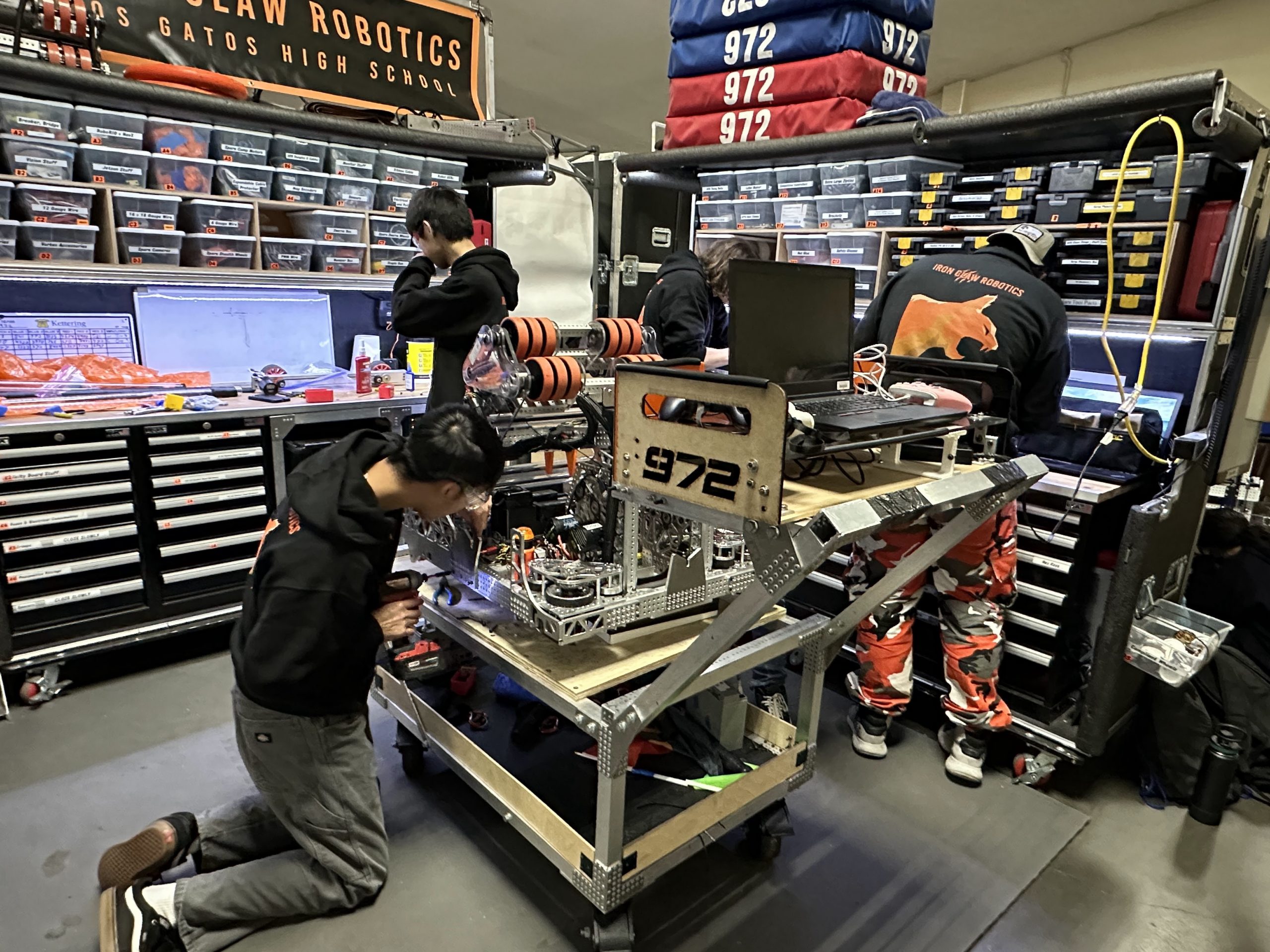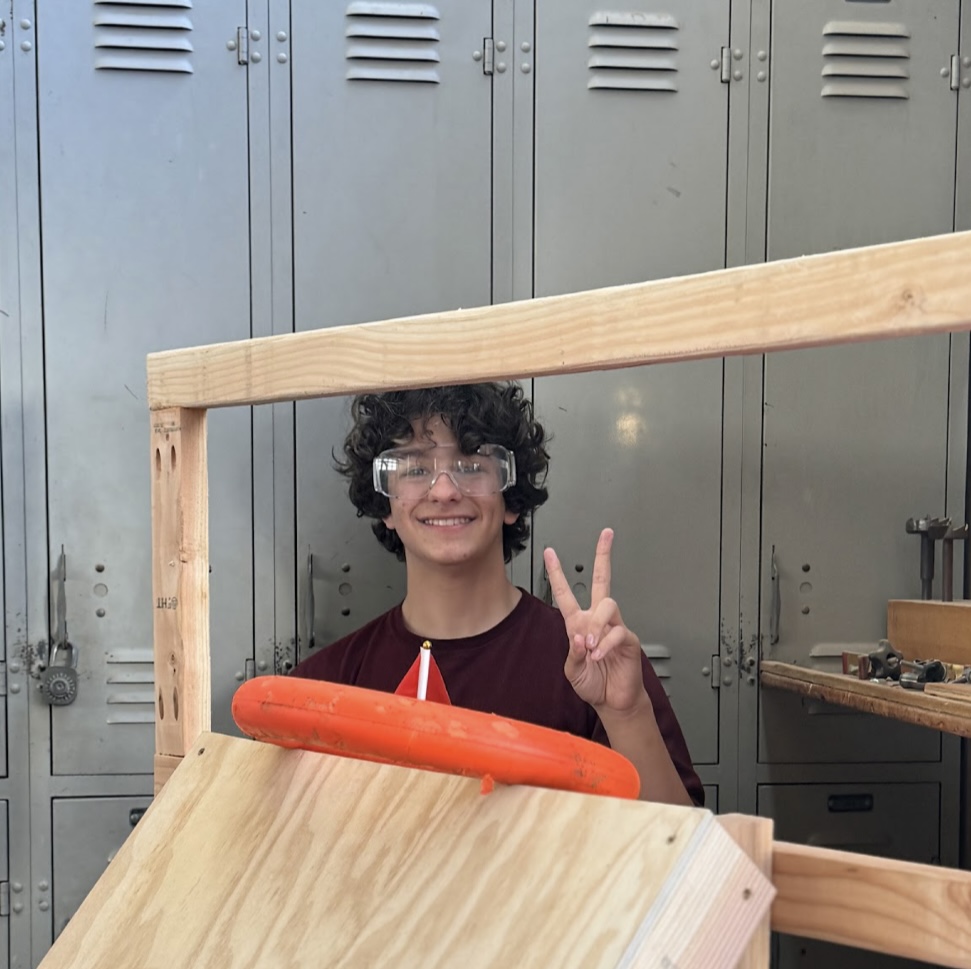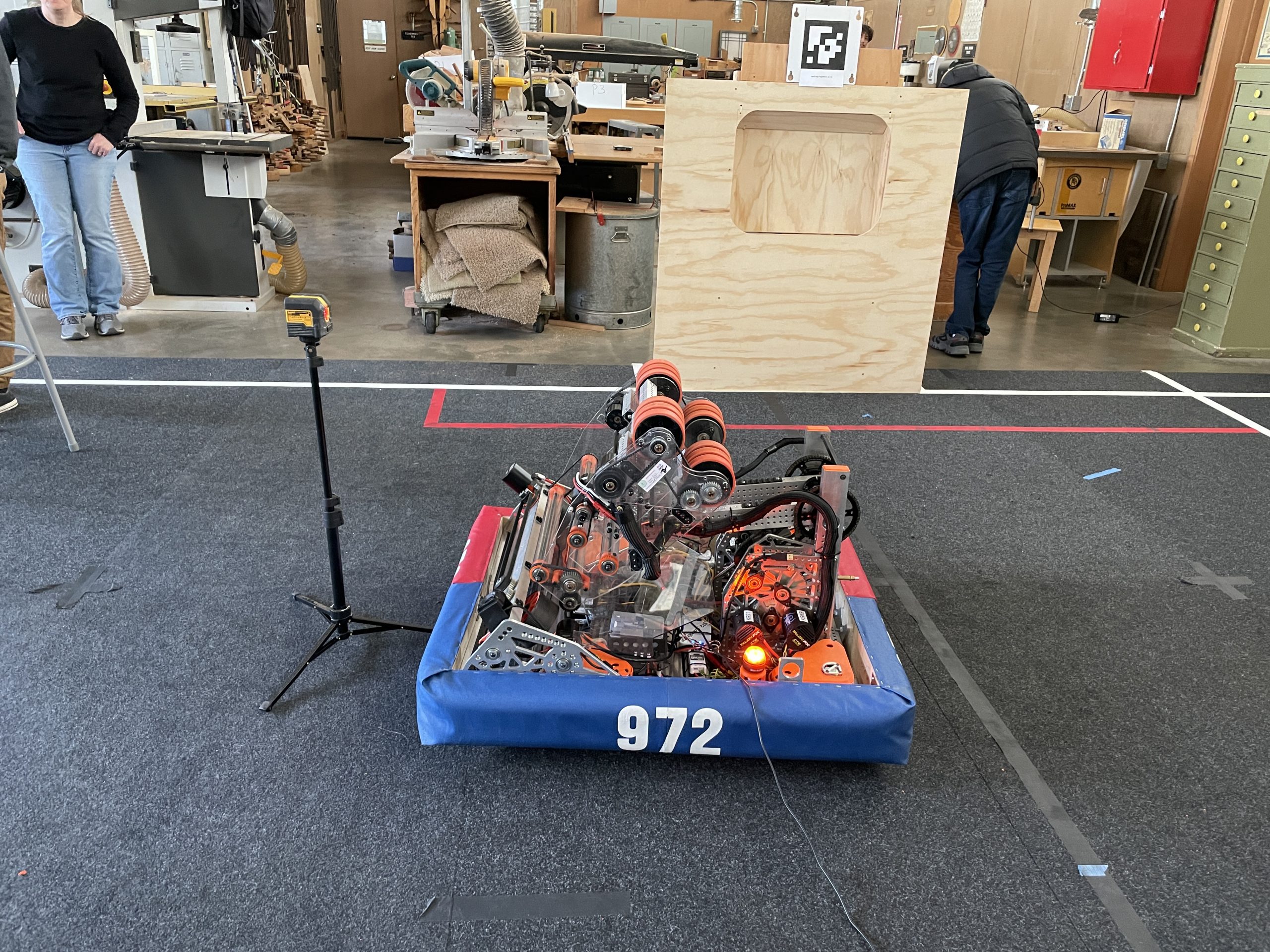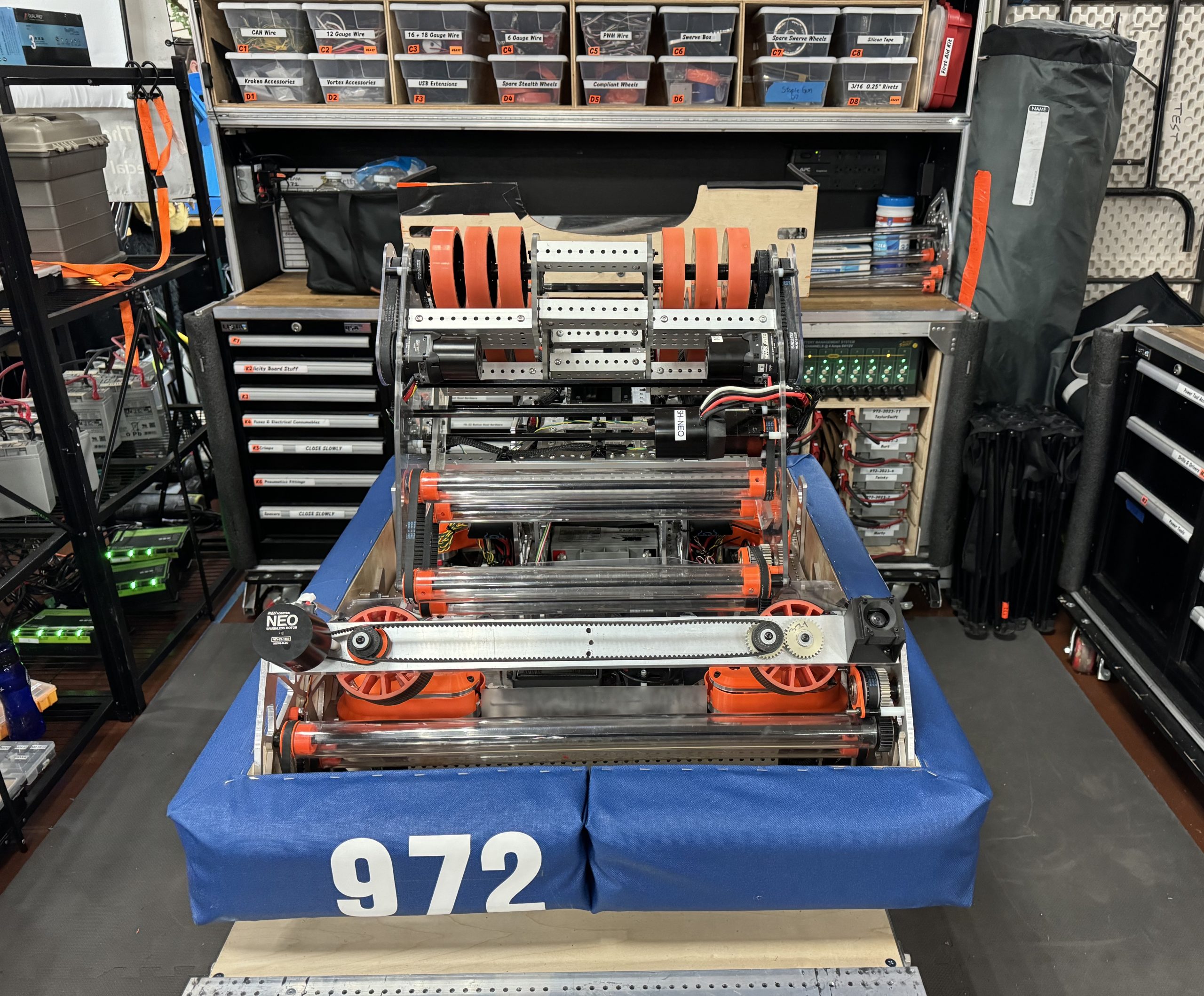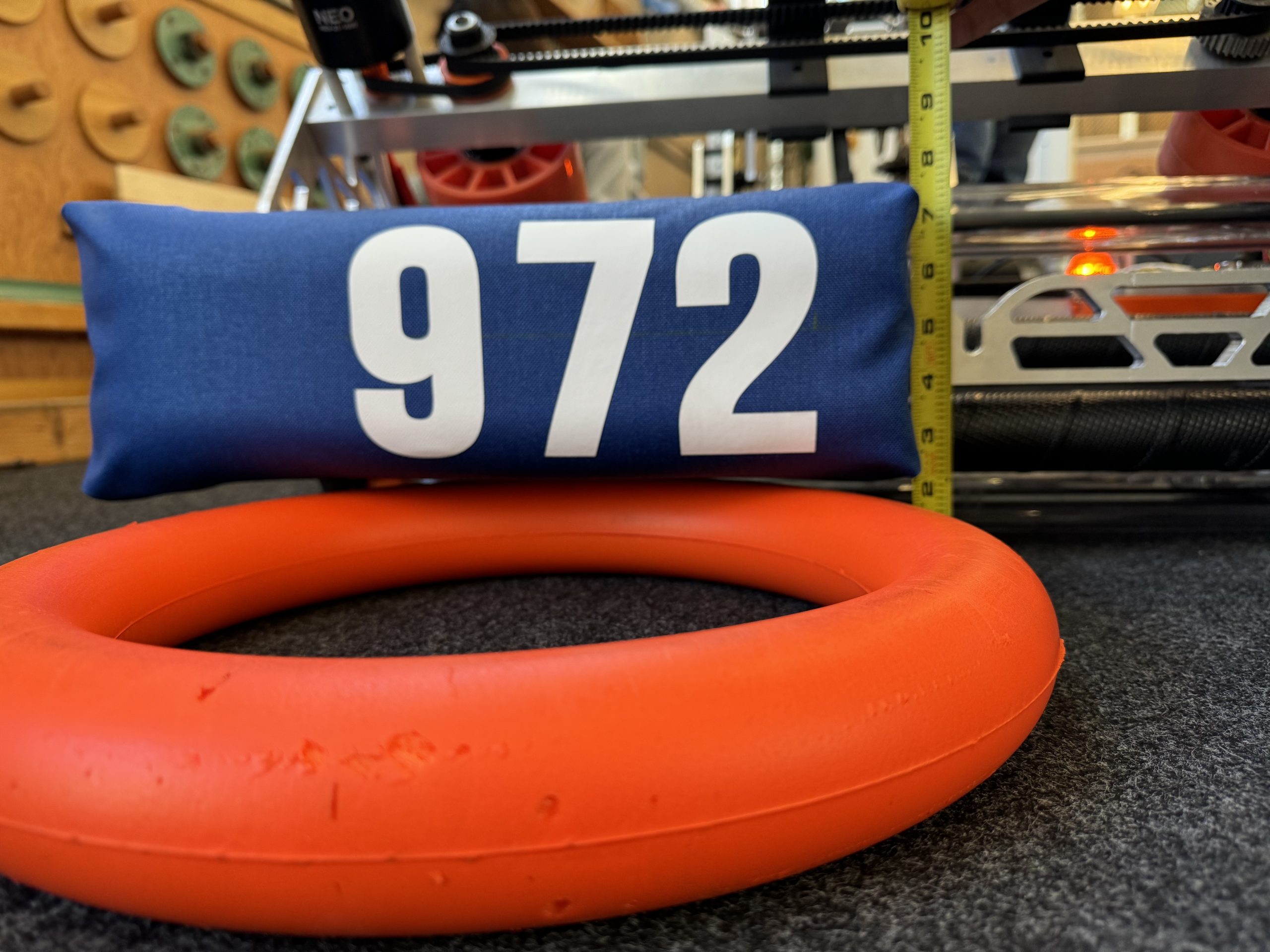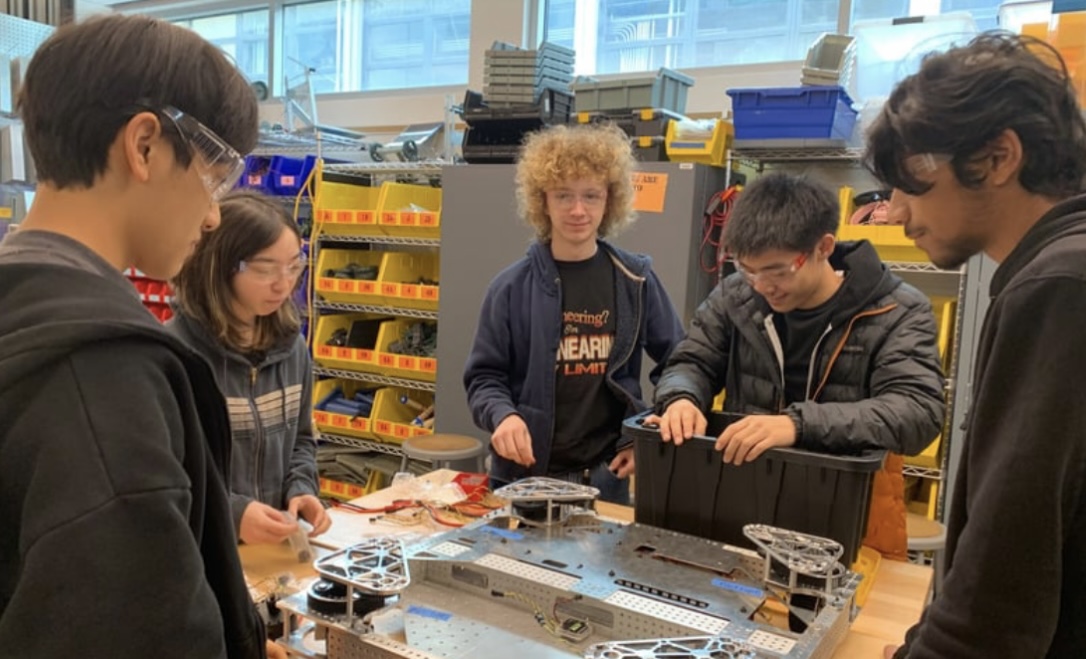2024 Choreo Blog
Auto Decision (2024-2025) While PathPlanner traditionally has been what we’ve relied on for autonomous routines, in the 2023 season, Choreo began making its rise, a software that could optimize the path far more efficiently. While we made several paths with it, we were unable to figure out event markers, and positions in the path where commands could be added into the path. This was similar to our auto routines in the 2022 season, before the huge PathPlanner update. Our paths had to be broken up, with commands added in individually, each section of the path recorded as an index number to put together afterward. This year, autos were easier to create as commands could be written separately and referenced within the actual path just by writing the name. Choreo, no matter how quickly it optimized the path, would be disadvantageous if we couldn’t figure out event markers, which started this fall project. We tested and were able to get event markers to function within Choreo paths. Yet running them compared to PathPlanner, there wasn’t much difference in execution, merely a UI preference. We began researching to see which would be the best option to switch to in the coming season, as Choreo was relatively new and somewhat buggy. We discovered another big PathPlanner update, which included several new [...]
